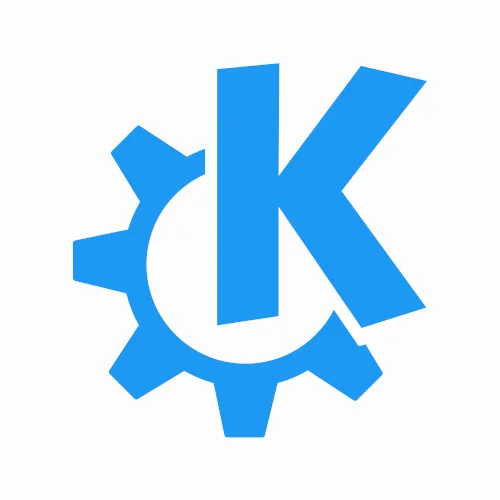The Underlying KWin Improvements In KDE 4.7

The key improvements that Martin talks about in this blog post include:
- OpenGL 2.0 / OpenGL ES 2.0 support. KWin's compositor is now written for GL2 / GLES2 with a programmable pipeline rather than relying upon OpenGL fixed functionality. This results in some performance improvements and the OpenGL ES support will allow the compositor to work on many embedded devices. The OpenGL ES 2.0 / EGL support is best off, but it's not yet supported by all graphics drivers. For anyone still (unfortunately) living in an OpenGL 1.x world, the OpenGL 2 / GLSL shaders can be disabled until you buy new hardware. (Contrary to earlier plans of Kwin using OpenGL 3.x, this wasn't done for KDE SC 4.7.)
- Various optimizations to the blur effect.
- Blocking / suspended compositing. This allows full-screen multi-media applications and OpenGL games/programs block the KWin compositing to avoid overhead and other problems. VLC and Wine are the projects initially interested in taking advantage of this KDE flag to suspend the compositing while full-screen applications are active. Users can also manually setup their applications to temporarily create the blocking for their desired software.
- A new shadow system.
- Code refactoring from one of the KDE Google Summer of Code (GSoC) developers.
- Support for the graphics system Raster. In particular, for those with the NVIDIA binary driver, the window resizing performance should be much better.
12 Comments

